Retro Replay Review
Gameplay
Passengers on the Wind II puts you in the dual role of director and hero, giving you full control over every decision your characters make. Whether you choose to explore hidden caves, press on through a raging storm, or negotiate with mysterious strangers, the game responds directly to your input via keyboard or joystick. This branching design means no two playthroughs are ever the same—your choices dictate which events unfold and which locations you’ll uncover.
The interface is divided into three clear sections: a central graphical window where the action visually plays out, a sidebar displaying the active character, and a text panel where prompts and narrative choices appear. Making a choice is as simple as moving a cursor and confirming your selection. Beyond basic navigation, you can pause at any moment to save your progress, review past scenes through flashbacks (in either slow or fast motion), or directly intervene on the main screen to alter the pacing of key moments.
Split into seven distinct episodes, the game steadily ramps up tension and complexity. Early levels ease you into the decision-making process, while later chapters force you to balance competing objectives and manage multiple heroes at once. The save system—requiring a blank, formatted disk in its original release—lets you experiment freely without fear of losing hours of progress, encouraging replay and exploration of alternate paths.
Graphics
The visual presentation of Passengers on the Wind II leans into a hand-painted aesthetic, with richly colored backgrounds that set the mood for each locale. From windswept cliff faces to candlelit ship cabins, the central graphic window captures atmospheric detail despite relatively simple animations. Character sprites are expressive enough to convey emotion, and smooth transitions between scenes maintain a cinematic flow.
The three-panel layout keeps the player oriented: the action window commands your attention, the character portrait sidebar reinforces who you’re controlling, and the text area clearly displays narrative and choice options. Flashback sequences—rendered in tinted slow-motion or sped-up monochrome—provide both story clarity and a welcome break from real-time decision-making.
While modern gamers may find the resolution and animation budget modest, the game’s art direction more than compensates with strong composition and evocative color palettes. Each episode introduces new environments and visual motifs, ensuring that exploration never feels visually repetitive. Overall, the graphics hold up as a testament to the era’s creativity in blending interactive storytelling with illustrative flair.
Story
At its core, Passengers on the Wind II is an interactive narrative in which you guide a group of heroes toward an undefined “aim,” revealed gradually through your actions. Each choice branches the storyline, unlocking new events, alliances, and conflicts. From tense standoffs on drifting wrecks to heartfelt conversations under starlit skies, the game unfolds as a tapestry of interwoven character arcs rather than a single linear plot.
The seven-episode structure keeps the momentum steady, introducing fresh dilemmas and shifting loyalties just as you feel you’ve mastered the current chapter. Flashbacks deepen the backstories of your characters, offering insights into past traumas or lost relationships that color present decisions. This layering of past and present transforms routine choices into potentially life-or-death gambits.
Although certain narrative beats echo familiar genre tropes—star-crossed travelers, mysterious benefactors, ultimate betrayals—the real strength lies in the player’s authorship. You’re not simply watching events unfold; you’re actively steering them. The result is a sense of personal investment rarely matched by more passive storytelling mediums. And because each playthrough can diverge drastically, uncovering all possible outcomes becomes its own compelling quest.
Overall Experience
Passengers on the Wind II strikes a satisfying balance between cinematic presentation and interactive gameplay. The decision-focused mechanics, coupled with a visually engaging interface, ensure you’re always an active participant in the unfolding drama. The ability to save at any point and review past scenes invites experimentation, rewarding curiosity with new story threads and character developments.
While the graphics and UI may feel dated to gamers accustomed to today’s high-fidelity titles, the game’s strengths lie in its immersive narrative and branching design. Controls remain simple and responsive, whether you use a joystick or keyboard, and the clear separation of graphical, character, and text panels keeps information accessible without overwhelming the player.
For enthusiasts of interactive fiction, branching narratives, and director-style control, Passengers on the Wind II offers a richly layered experience. Its episodic progression, combined with meaningful choices and replay value, makes it an engaging title for anyone looking to shape their own adventure rather than follow a predetermined path.
 Retro Replay Retro Replay gaming reviews, news, emulation, geek stuff and more!
Retro Replay Retro Replay gaming reviews, news, emulation, geek stuff and more!
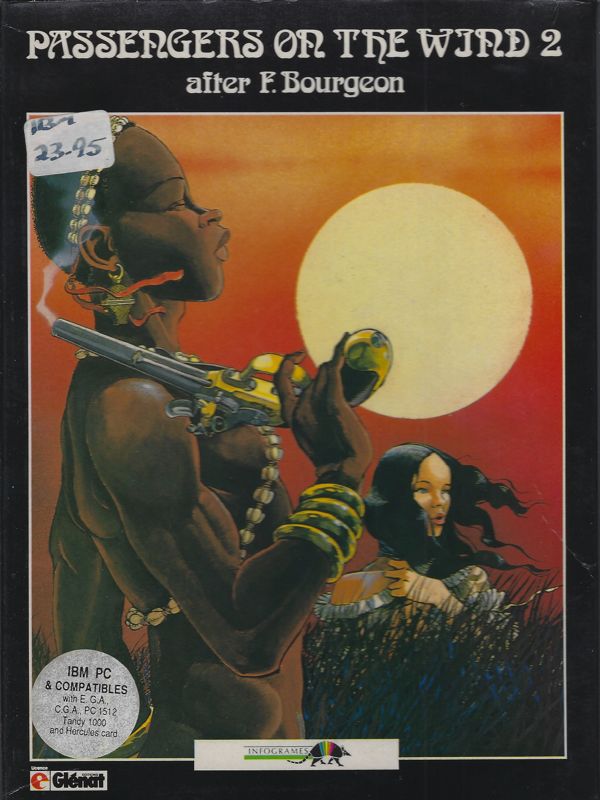

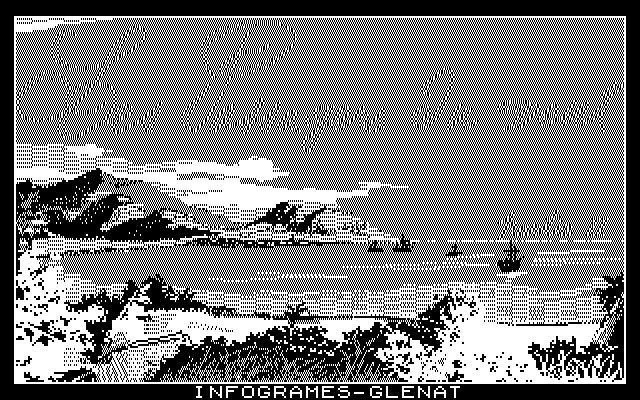
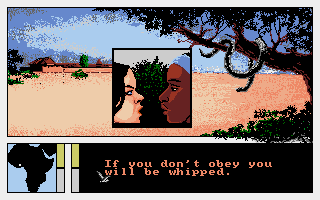
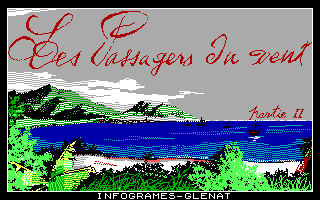
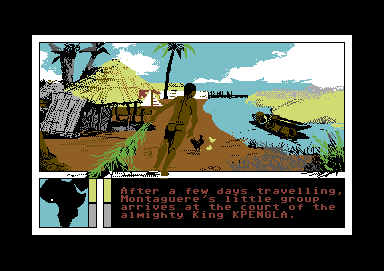



Reviews
There are no reviews yet.